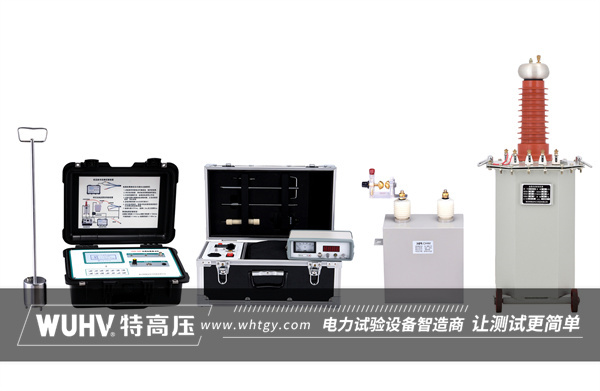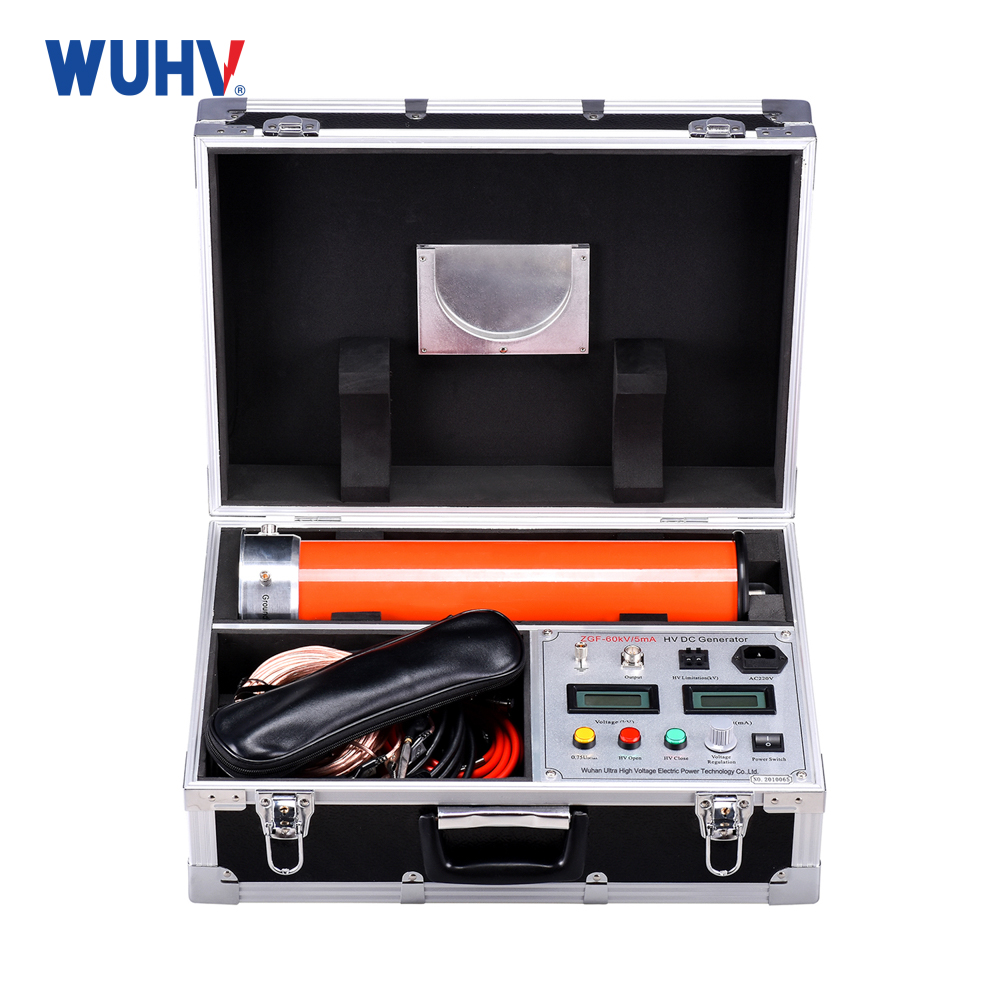The cable fault tester under Wuhan UHV can help many power workers conduct various power tests more conveniently.

Low impedance cable fault pulse method, also known as low-voltage pulse method or pulse reflection method, is a technique used for cable fault detection. The following is a detailed explanation of the pulse method for low impedance cable faults:
definition
The low impedance cable fault pulse method is a cable fault detection method, particularly suitable for detecting low impedance cable faults. When the fault resistance of the cable is less than a certain value (such as 200 ohms), this method can effectively determine the location of the fault point.
working principle
Pulse signal injection: Inject low-voltage pulse signals into the testing end of the cable.
Signal propagation: Pulse signals propagate along cables, and when they encounter impedance mismatch points (such as fault points, intermediate joints, short circuit points, etc.), reflection occurs.
Reflection signal reception: The host of the cable fault tester will record the reflected pulse signal.
Fault location: By measuring the time interval between the emitted pulse wave and the reflected pulse wave, and combining it with the propagation speed of the pulse wave in the cable, the distance of the cable fault point can be calculated.
Application scope
The low impedance cable fault pulse method is widely used for detecting low impedance and open circuit faults in cables. It can independently complete tasks such as low resistance, disconnection, and full length cable testing, and has the characteristics of simplicity, speed, and safety.
matters needing attention
Pulse width selection: The cable fault detection host usually has different pulse width selections (such as 0.2us and 2us). Choosing the appropriate pulse width based on the total length of the cable can improve the accuracy of detection.
Detecting blind spots: Due to the time width of the emitted pulse signal, blind spots will occur when the reflected pulse signal overlaps with the pulse signal emitted by the device. The wider the pulse width emitted by the detection equipment, the larger the detection blind spot.
High frequency components and losses: The narrower the pulse signal emitted by the detection equipment, the more high-frequency components it contains, and the greater the loss during transmission, which may cause distortion of the pulse signal and affect the cable detection effect.
induce
The low impedance cable fault pulse method is an effective cable fault detection method, especially suitable for detecting low impedance faults. It can accurately determine the location and nature of cable faults by measuring and analyzing the reflection of pulse signals. In practical applications, attention should be paid to the selection of pulse width, detection blind spots, and high-frequency components and losses to improve the accuracy and reliability of detection.



















